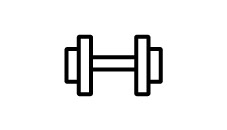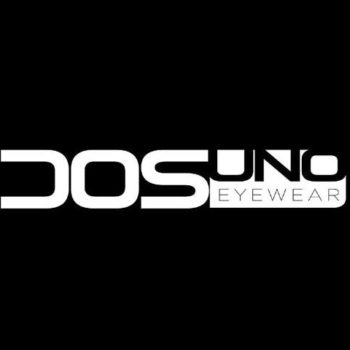

PRESCRIPTION SPORTS VISION EYE WEAR
We use a Sports Vision Consultation to understand your sport requirements







Introducing the Bolt 2.0. These sunglasses were designed for cycling and the Bolt meets every demand of this sport. With their interchangeable lenses they are suitable for every weather.

The Oakley Flak 2.0, a durable yet lightweight design that takes your performance to the next level!

![]()
“New prescription Oakley cycling glasses. All the new toys coming this week can’t wait for my first ride where I can see. Thank you”
@jdac_cycles
Sports Vision Assessment
A lifelong sports enthusiast, Sean Rock was one of the first practitioners in the country to gain a Diploma in Sports Vision
During a Sports Vision assessment a battery of tests are used to highlight areas of visual function that could be enhanced to maximise your sporting potential. Improved visual skills can be achieved by the appropriate use of sunglasses, corrective spectacles, contact lenses and eye exercises.
Sports Vision is a term which encompasses the assessment, correction and enhancement of vision as well as the protection of eyes during sporting activity. Proper attention to vision in sport ensures that
•Both eyes are appropriately corrected and properly balanced
•The eyes are protected against trauma and non-ionising radiation
•Contrast is maximised
•Eye disease is avoided where possible, recognised and treated
In most sports, success is achieved by accurately made decisions based on information obtained by vision. As 85-90% of an athlete’s sensory input is visual, to be competitive in any sport it is vital to achieve the best possible performance from the whole body including your eyes. However, research at the Olympic Games has consistently shown that over one fifth of athletes have visual problems. Few realise the eyes are in danger of being injured while playing sport. Eye protection is available, but few choose to wear it.
SPORT AND CONTACT LENSES
Contact lenses are a sports person’s secret weapon. In most cases, contact lenses can immediately improve your athletic performance and it means that there is no problem with broken frames or lenses. Plus, contact lenses don’t fog up, slide down your nose, or fall off. You can also wear protective eyewear over them such as goggles or sunglasses. It all adds up to better vision when it counts the most.
For some activities such as shooting or archery, small movements of the contact lens as well as a drying out of the front surface of the eye can be visually disturbing. It is known that about 10% of sportsmen and women use contact lenses. It has been discovered also that a further 10% of athletes remove their spectacles before playing their sport.



